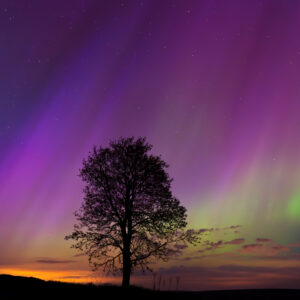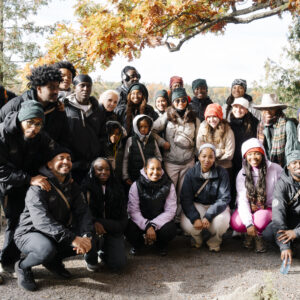The “True” State of Canada’s Forests
Nature Canada—together with the support of our members and partners — is proud of our rich 85 year history. A voice for nature that has earned the trust of Canadians, able to confidently speak with governments, policy makers and other leaders about the state of nature in Canada and how we can advance protection for wildlife and wild spaces, and halt and reverse nature loss. Right now, in collaboration with other environmental organizations, Nature Canada is calling out The State of Canada’s Forests Annual Report as misleading and inaccurate. We believe it fails to provide a transparent and credible update to Canadians, using highly selective statistics and distorting or excluding essential information to portray the forest industry in the best possible light.
The annual report issued by the federal government portrays Canada’s forestry industry as a sector with a minimal footprint, a record of positive environmental stewardship that doesn’t impact forest biodiversity or climate change and also is highly aligned with Indigenous rights. This is simply not accurate.
So what IS the true story of Canada’s forests? The bottom line is that our intact forests are so vital but industrial logging is driving significant forest loss and degradation across the country, with alarming impacts on species and the climate.
Wildlife like the Boreal Woodland Caribou can clearly show us!
As noted in our findings:
“Boreal Woodland Caribou are one of the most iconic and well-researched animals in Canada. They require large expanses of mature and interconnected forests to survive. Caribou are also an umbrella species, meaning the protection of their habitat indirectly safeguards other species within their shared ecological community.
The federal government’s Annual Forests Report not only doesn’t include Caribou as an ongoing indicator of biodiversity and forest health, it scarcely mentions them. In doing so, the report downplays the fact that Boreal Caribou populations decline when industrial infrastructure like logging roads and clearcuts change and fragment forest habitats.”
As you know, our leaders have promised to protect 25% of Canada’s lands and waters by 2025, and 30% by 2030. We expect honest, transparent reports, based on accurate science and data, to inform actionable steps to protect our precious old-growth and boreal forests.
And much more needs to be done to restore our lands. Our policy team continues to press for improvements to the 2 Billion Trees program. While very worthy, the federal government needs to ensure a wide diversity of tree species are being replanted (not solely the best kind for future logging interests) and for the right reasons, to provide us long term permanent protection from climate impacts and foster biodiversity.
Your support of Nature Canada ensures we are taking action for forests every single day. And right now, all donations will be matched until July 1, 2024 — so you can double your impact for forest protection and nature restoration with your gift today!



